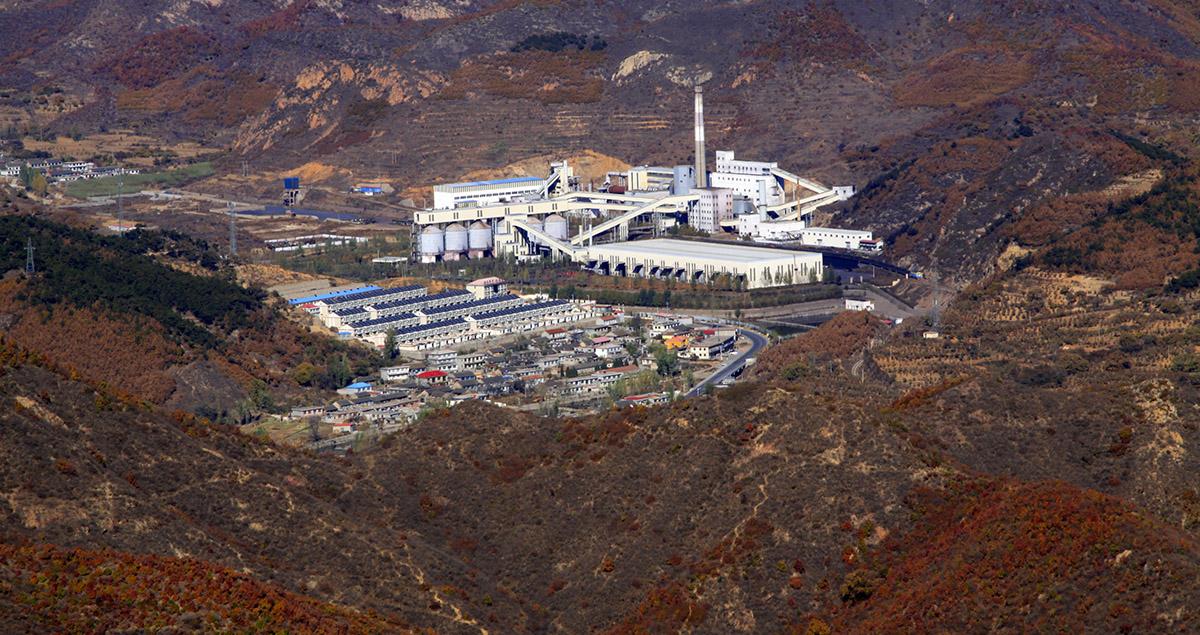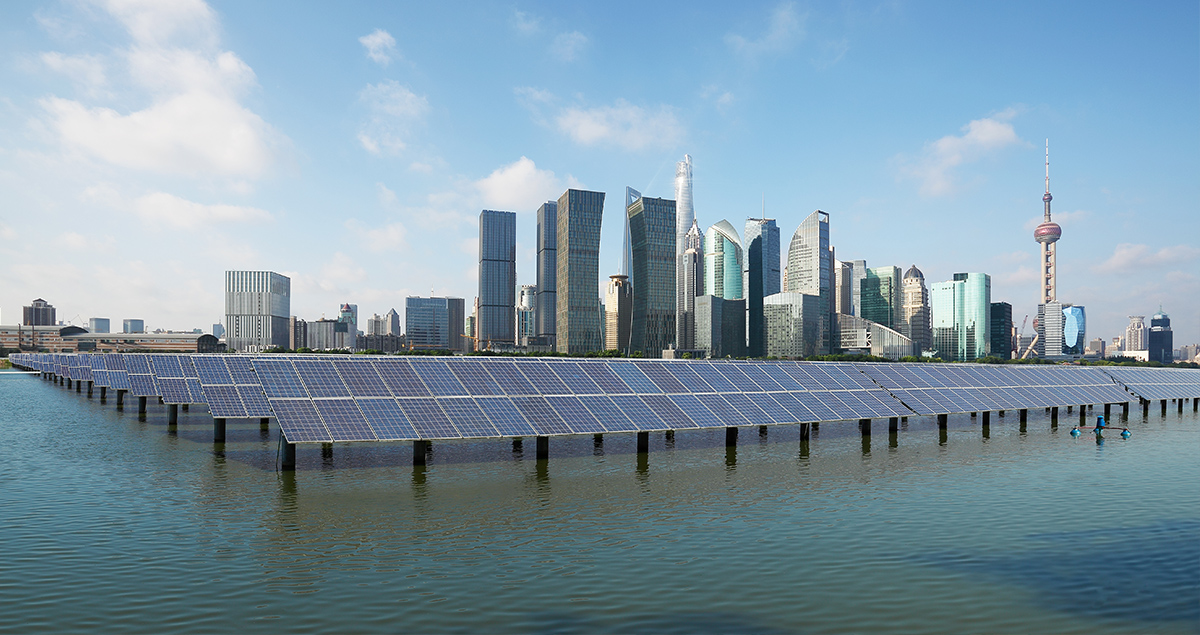Asian manufacturing is becoming greener. Here’s why that matters

Asia is firmly established as the globe’s dominant manufacturing powerhouse with a production sector that has brought many benefits to the world. But the journey has not been without its costs, since traditional manufacturing activity has a significant environmental impact.
With economic growth in the region expected to be around 5.5% this year – making up around two-thirds of global growth – Asian countries are increasingly turning to technology to find greener and more environmentally-friendly manufacturing methods to reduce their carbon footprint.
Paying to pollute
More than half the world’s population now lives in cities and Asia has some of the most populous urban centers in the world. Around 13 million people live in Tokyo and policymakers in Japan’s capital city are aiming to make their home the world’s leading eco-friendly megacity.
An ambitious plan has been introduced to clean up the capital city’s air quality by lowering carbon emissions from 1,400 factories and office buildings. A cap-and-trade initiative sets limits on emissions and allows heavy polluters to buy spare capacity on the open market, restricting overall emissions.
Increasingly, Japanese and other Asian manufacturers are adopting more efficient and environmentally-friendly production methods, such as re-using water that would typically go into the sewers or capturing waste heat generated by manufacturing processes to convert it to energy.
Mitsubishi Heavy Industries (MHI) Group, for example, is currently working with producers in Japan and Singapore to provide waste heat recovery applications to the steelmaking industry. These Organic Rankine Cycle systems use surplus heat from the manufacturing process to drive a turbine which dissipates the heat and generates electricity from it. The same technology can also be applied to turn biological waste products into heat and power.
Sino sustainability
China is also transforming its manufacturing role, leaving the past behind as the government champions a more sustainable economic future.
A move away from fossil fuels towards renewable energy sources has reduced particle-matter emission rates, resulting in cleaner air in China’s heavily populated cities, even though smog is still a significant problem in some areas. Although global growth in energy demand is slowing, China’s share of world demand continues to grow. And the government is investing heavily in cutting-edge technologies relating to renewables.
China’s legislators have created three sustainable development zones responsible for implementing sustainable manufacturing goals. Innovators in the zones will address issues like air and water pollution, and integrate technologies in sewage treatment, waste management, ecology and AI in order to tackle pollution.
This initiative follows the earlier creation of a green manufacturing belt along the Yangtze river, with plans to create 500 green manufacturing demonstration plants, 50 industrial zones and promote over 5,000 green products.

Center your energy
Another trend is the rise of industrial parks throughout Asia, strengthening the reputations of countries like Vietnam and Indonesia as low-cost manufacturing hubs. It’s essential that new and existing parks adopt smart technology to maximize energy-efficiency, lower production costs and support cleaner manufacturing.
One way to achieve this is through energy center systems, which use advanced data visualization, demand analysis and simulation tools to determine electricity, heat and water usage patterns, thereby optimizing their usage.
Equipment and energy co-generation systems can then be customized to the needs of each factory or industrial park to maximize efficiency.
The future is... unexhausted
Like many of its neighbors, India is moving away from traditional manufacturing to embrace cleaner, greener product technologies. The world’s fifth largest car manufacturer is switching from traditional engines to electric or hybrid models, breaking the country’s dependency on fossil fuels and reducing the environmental impact of the automotive industry’s output.
India’s Ministry of New and Renewable Energy (MNRE) is concerned with the research and development of new fuels to make the country’s vehicles more environmentally friendly, including renewables like lithium and fuel cells.
Technology and innovation hold the key to a cleaner and more efficient manufacturing sector in Asia. The journey from rapid industrializers to champions of environmental change has been filled with learnings for Asian producers. Nevertheless, manufacturers across the region are embracing green initiatives aimed at combatting the mistakes of the past, a move which demonstrates growing awareness of the importance of sustainable manufacturing.




